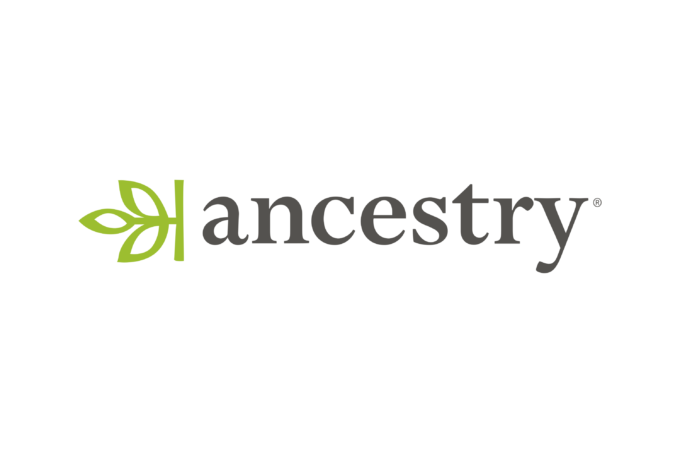Each year, organizations federally registered as charities in Canada for tax purposes must file returns with the Canada Revenue Agency. Financial and other information is available on the CRA website. Search for individual society reports at https://apps.cra-arc.gc.ca/ebci/hacc/srch/pub/dsplyBscSrch?request_locale=en.
Alberta Family Histories Society
For the reporting period ending 2024-12-31, total assets of $330,267.00 and liabilities of $14,280.00. The total revenue was $112,858.00. Expenditures totalled $66,052.00. Membership fee information not available.
Alberta Genealogical Society
For the reporting period ending 2024-12-31, total assets were $1,044,448.00 ($988,796, $1,041,398), and liabilities were $205,018.00 ($176,915, $212,232). Total revenue was $229,365.00 ($246,265.00, $614,488.00). Expenditures totalled $201,816.00 ($263,550.00, $199,863.00). The individual annual membership fee remains $50 for a digital journal subscription.
British Columbia Genealogical Society
For the reporting period ending 2024-12-31, total assets of $226,720.00, ($226,340, $216,503) and liabilities of $12,185.00 ($28,665, $20,517). The total revenue was $31,454.00 ($27,239.00, $27,392.00). Expenditures totalled $28,164.00 ($25,550.00, $28,201.00). The individual annual new membership fee remains $65.
British Isles Family History Society of Greater Ottawa
For the reporting period ending 2024-12-31, total assets of $115,722.00 ($117,792, $119,762) and liabilities of $16,398.00 ($15,526, $16,770). The total revenue was $31,489.00 ($34,687.00, $28,096.00). Expenditures totalled $34,431.00 ($35,413.00, $31,405). The annual membership fee remains $50.
Family History Society of Newfoundland and Labrador
For the reporting period ending 2024-12-31, total assets and liabilities were not reported. The total revenue was $29,799.00. Expenditures totalled $29,042.00. The membership fee is $45.
Genealogical Association of Nova Scotia
For the reporting period ending 2024-12-31, total assets of $309,092.00 and liabilities of $1,243.00. The total revenue was $115,687.00. Expenditures totalled $84,792.00. The membership fee is $59.
Manitoba Genealogical Society
For the reporting period ending 2024-03-31, total assets were $75,899.00 ($72,957, $87,173) and total liabilities of $7,993.00 ($3,701, $13,100). Total revenues were $89,163.00 ($76,848.00, $69,300.00) and expenditures were $90,522.00 ($81,675.00, $58,815.00). The individual annual membership fee remains $60.
New Brunswick Genealogical Society
For the reporting period ending 2024-12-31, total assets and liabilities were not reported. The total revenue was $2,900.00. Expenditures totalled $8,774.00. Membership fee begins at $40.
Ontario Genealogical Society
For the reporting period ending 2024-12-31, total assets of $1,957,257.00 ($2,105,846, $2,034,220) and liabilities of $209,829.00 ($302,835, $280,466). The total revenue was $727,335.00 ($584,120, $1,004,580). Expenditures totalled $781,892.00 ($534,363.00, $556,489.00). The individual annual membership fee remains $63.
Quebec Family History Society
For the reporting period ending 2024-07-31, total assets of $15,239.00 and liabilities of $0.00. The total revenue was $18,333.00. Expenditures totalled $30,244.00. The membership fee remains $75.
Saskatchewan Genealogical Society
For the reporting period ending 2024-12-31, total assets of $184,571.00 and liabilities of $24,749.00. The total revenue was $234,510.00. Expenditures totalled $193,435.00. The basic membership fee is $70..
Société de genéalogie de Québec
For the reporting period ending 2024-04-30, total assets of $295,467.00 ($294,804) and liabilities of $295,467.00 ($294,804 (sic)). The total revenue was $126,081.00 ($131,549). Expenditures totalled $125,418.00 ($123,705). The individual annual fee remains $50.
Victoria Genealogical Society
For the reporting period ending May 31, 2024, Total assets and liabilities were not reported. Total revenues were $27,802.00 ($21,680.00, $25,410.00), and expenditures were $28,342.00 ($26,507.00, $28,230.00). The individual annual membership fee is increased to $65.
Key observations from the additions:
- Alberta Family Histories Society had an impressive surplus of $46,806 (70.8% surplus ratio)
- Saskatchewan Genealogical Society had a healthy surplus of $41,075, heavily supported by provincial government funding ($170,000)
- Quebec Family History Society had a significant deficit of $11,911 (65% deficit ratio), reducing their already modest net assets to $15,239
 With Remembrance Day near, FMP released a collection to honour those who served in the First World War. Each photograph, drawn from the newspaper archive, reflects courage and sacrifice.
With Remembrance Day near, FMP released a collection to honour those who served in the First World War. Each photograph, drawn from the newspaper archive, reflects courage and sacrifice.

 The National Archives (UK) has made available further military records received from the British military.
The National Archives (UK) has made available further military records received from the British military.